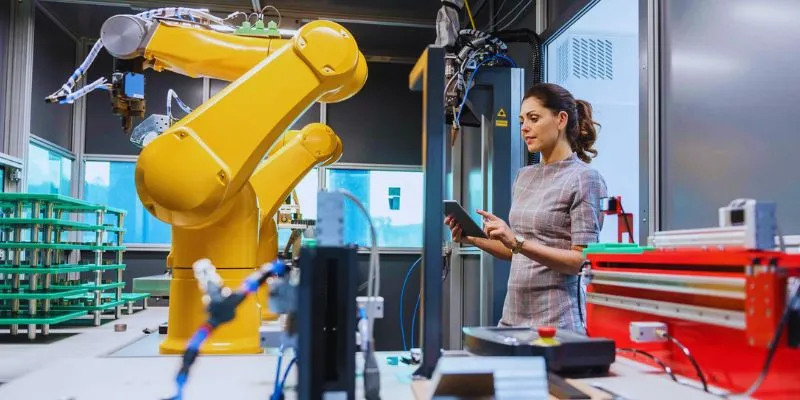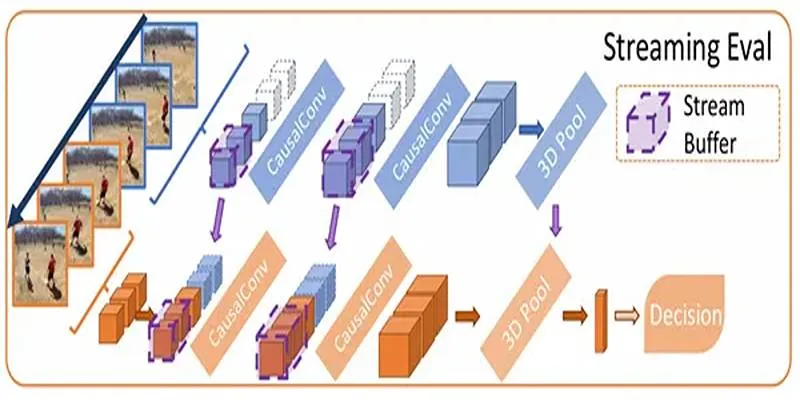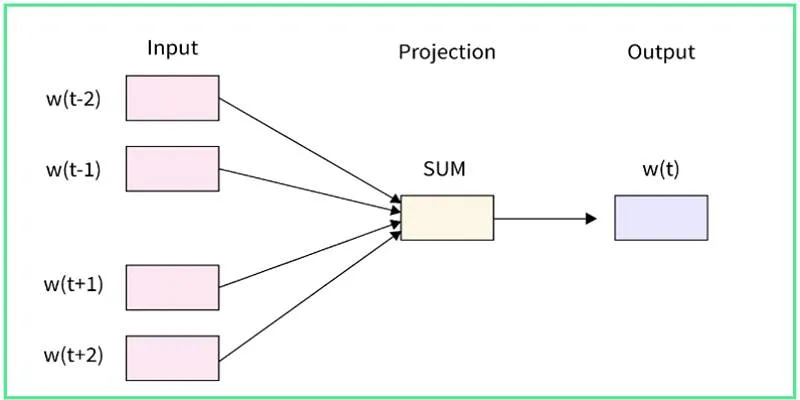Spatial intelligence is the ability to visualize, understand, and interpret the world around us in terms of shapes, spaces, and relationships. It helps us solve puzzles, design buildings, and even read maps. This unique skill is essential in everyday life, shaping how we create, explore, and interact with our environment.
What is Spatial Intelligence?

Spatial intelligence, also known as visual-spatial intelligence, refers to the ability to visualize, manipulate, and interpret the relationships between objects and spaces. Coined by developmental psychologist Howard Gardner in his theory of multiple intelligences, spatial intelligence is vital for understanding dimensions, space, and visual data.
Think of it as the mental skill that allows you to picture how furniture fits in a room, solve a jigsaw puzzle, or perceive patterns in data.
Key Characteristics of Spatial Intelligence
Some signs of strong spatial intelligence include the ability to:
- Easily visualize objects from different angles or perspectives.
- Excel in tasks like map reading, assembling furniture, or parking cars in tight spots.
- Grasp the relationship between objects in a physical or abstract space.
- Use visual imagery to conceptualize solutions to problems.
Despite being seen more actively in fields like art, design, architecture, and engineering, spatial intelligence plays a role in nearly every sphere of life.
The Role of Spatial Intelligence in Everyday Life
Spatial intelligence is not just for professionals in design or construction. Here’s how it impacts our day-to-day living:
Navigation
Every time you use Google Maps or find your way through unfamiliar territory, you’re tapping into your spatial intelligence. Whether you’re walking to a café or driving cross-country, this intelligence enables you to create mental maps and follow directions effectively.
Storage and Organization
Trying to pack your carry-on bag like a pro or fit groceries neatly into your tiny fridge? That’s spatial intelligence at work. It helps you conceptualize how objects can fit together in an efficient way.
Sports and Movement
Athletes utilize spatial reasoning for strategies, like locating teammates or opponents on a field or predicting where the ball will land. Activities like yoga, gymnastics, or even dancing depend heavily on body-space awareness.
Artistic and Creative Pursuits
Artists, photographers, and graphic designers rely on spatial reasoning for movement, proportions, and composing balanced works of art or layouts.
Problem-Solving
Whether it’s solving puzzles like Rubik’s Cubes, designing new products, or organizing events with complex logistics, spatial thinking is your secret weapon.
How Spatial Intelligence Shapes Entire Industries
Spatial intelligence is the backbone of many fields. Some industries and careers would be unthinkable without it.
Architecture and Urban Planning
Creating buildings, bridges, and cities that are functional and aesthetically pleasing requires an exceptionally high level of spatial reasoning. Architects visualize the end product during the initial sketches. Urban planners design cities by predicting traffic flow, green space needs, and the placement of public facilities.
Real-World Example
One iconic example of spatial intelligence in architecture is the Guggenheim Museum in Bilbao, Spain. Frank Gehry used his spatial abilities to design the curved, stainless steel masterpiece, imagining how the unique structure would appear from multiple perspectives.
Engineering and Manufacturing
Engineers rely on spatial intelligence for designing everything from airplanes to microchips. Mechanical engineers imagine how parts of a machine interact, while 3D modeling tools allow for testing structural integrity virtually before physical production even begins.
Healthcare and Medicine
Surgeons, particularly those performing minimally invasive or robotic surgeries, depend on spatial awareness for precision. Radiologists, too, interpret complex visual data from X-rays, MRIs, and CT scans. Understanding the relationship between anatomical structures in 3D is critical for diagnoses and treatments.
Gaming and Virtual Reality (VR)
The gaming and VR industries thrive on spatial intelligence, whether it’s used by developers to create immersive environments or players strategizing in games. Virtual reality requires an acute understanding of space to ensure objects appear lifelike and interactions are seamless.
Space Exploration
Space exploration is one of the ultimate examples of how spatial intelligence is shaping the future. NASA scientists and aerospace engineers visualize spacecraft trajectories, position satellites, and explore extraterrestrial terrains through advanced modeling and simulations.
Can Spatial Intelligence Be Developed?
The ability to think spatially is not fixed. Here’s the good news; like most forms of intelligence, it can be strengthened with practice and the right activities.
- Play Puzzles and Games : Activities like Tetris, Sudoku, or chess are excellent for refining spatial thinking.
- Try 3D Modeling Tools : Software like Blender and SketchUp helps practice visualizing and manipulating objects in three-dimensional space.
- Engage in Creative Activities : Drawing, sculpting, or even rearranging furniture at home can boost awareness of spatial proportions.
- Practice Navigation Skills : Try reading maps and navigating without the use of GPS apps to refine directional awareness.
- Learn Through Virtual Simulations : Immersive VR platforms offer hands-on training experiences in architecture, aviation, and more, helping build spatial insights faster.
Not only can these exercises refine your skills, but they may also improve your ability to multitask and solve problems creatively.
Future of Spatial Intelligence in Our World

With rapid advancements in technology, spatial intelligence is gaining more importance. Fields like AI, virtual reality, self-driving cars, and urban tech design rely on humans with strong spatial awareness.
Additionally, as industries lean further into automation, combining artificial intelligence with human spatial reasoning will unlock unprecedented capabilities. Think robots navigating labyrinthine warehouses or AI systems mapping out smart cities in real time.
To put it simply, spatial intelligence is not just shaping the world around us; it’s also shaping the future.
Conclusion
Spatial intelligence is a powerful tool that bridges human creativity and technological advancement. Its applications stretch across a multitude of fields, proving its importance in both our present and future. By fostering this form of intelligence, we can continue to innovate, adapt, and build solutions that tackle complex challenges. The impact of spatial intelligence is undeniable, making it a key driver in shaping a smarter, more connected world.
 zfn9
zfn9






















